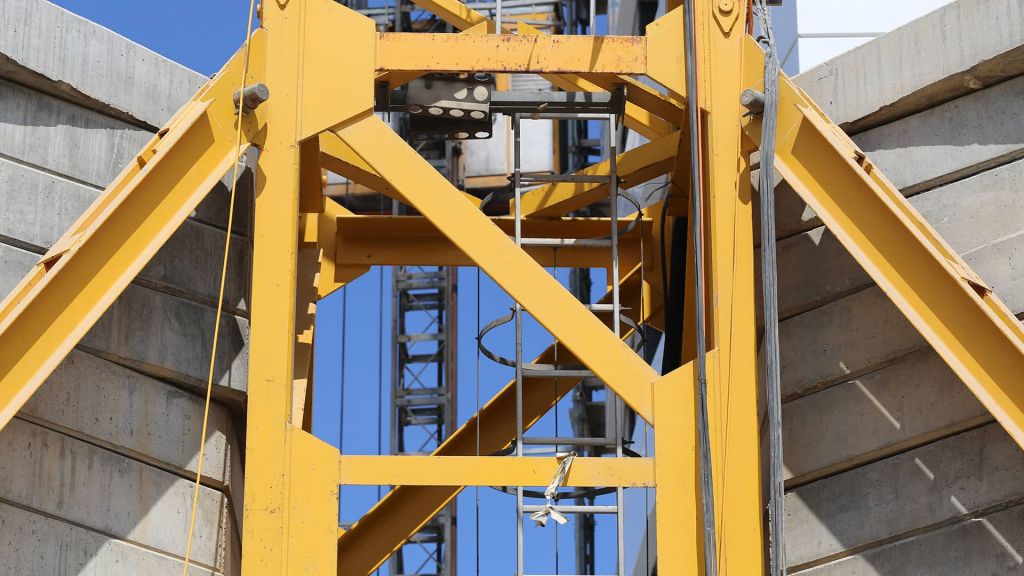

Conditions Precedent in Construction Contracts: How Not To Lose Your Entitlements
A condition precedent describes a situation where a particular event must take place for a subsequent event to occur. The concept is long established in English law and conditions precedent clauses remain prevalent in construction contracts. However, identifying a condition precedent is often difficult in practice.
The English Court of Appeal’s recent decision in Disclosure and Barring Service v Tata Consultancy Services Ltd [2025] EWCA Civ 380 (DBS v Tata) is significant as it sets out several key factors that can distinguish conditions precedent from other contractual provisions.
Before looking at the decision, a brief recap on why conditions precedent clauses are important.
Conditions precedent in construction contracts
Construction contracts often include detailed procedural requirements. For instance, a contract may oblige the contractor to notify the engineer (or project manager/contract administrator) within a specified time period (say, seven days of becoming aware) that it is likely to be delayed by a particular event. The contract may then provide that this notification triggers a series of other steps such as:
- The contractor may have to give detailed particulars of the delay caused by the event.
- The parties may have to have follow-up meetings to discuss the event’s impact, how to manage that, and the contractual consequences flowing from the event.
- The engineer may then have to determine whether the contractor is entitled to an extension of time.
- In parallel, the contractor may be obliged to mitigate the impact of the event and/or provide progress updates to the employer and/or engineer.
The important question is whether an entitlement (or obligation) is contingent on the preceding event happening – a ‘condition precedent’. For example, in the above scenario, if the contractor does not notify the relevant parties of the delaying event within seven days, is it still entitled to an extension of time in respect of that event? Alternatively, some of these processes may simply be intended as a useful management framework instead of a strict contractual requirement, reflecting the complexity, dynamism and real-world interface of construction projects. It is not always easy to distinguish between the two.
The decision in DBS v Tata tries to help the parties navigate this labyrinth.
The Tata decision
This dispute arose from a contract between the Disclosure and Barring Service (DBS) and Tata Consultancy Services Limited (Tata) for Tata to digitise DBS’s processes. The work was delayed and DBS claimed it was entitled to liquidated damages (called “Delay Penalties” in the contract). Tata argued DBS lost any entitlement because it had not served a Non-Conformance Report, which they considered was a condition precedent to DBS’s right to claim Delay Penalties.
Clause 6 was the relevant provision. Clause 6.1 provided:
“If a Deliverable does not satisfy the Acceptance Test Success Criteria and/or a Milestone is not Achieved due to [Tata’s] Default, [DBS] shall promptly issue a Non-conformance Report to [Tata]…setting out in detail the non-conformities of the Deliverable where no Testing has taken place, including any other reasons for the relevant Milestone not being Achieved and the consequential impact on any other Milestones. [DBS] will then have the options set out in clause 6.2.”
[Emphasis added]
Clause 6.2 stated that one of DBS’s options was to require the payment of Delay Penalties.
Did DBS’s failure to issue a Non-Conformance Report prevent it claiming Delay Penalties? The Court of Appeal ruled that it did.
In making its decision, the Court identified several factors that typically indicate a condition precedent. The table below explains these and applies them to the Clause 6 wording:
| Factor | Explanation | Application to Clause 6 |
|---|---|---|
| Conditionality | If the wording of the clause establishes a clear conditional link between an event occurring and an obligation arising, it is more likely to be considered a condition precedent. There are two aspects to this: a) the condition (“if…” / “unless…“); and b) the consequences of the condition being satisfied (“then…“). There is no prescribed form of words. It is not necessary to say “it is a condition precedent…” or even the common expression “provided always…“. |
The first sentence of Clause 6.1 set out the condition. Clause 6.2 made the consequence clear “[DBS] will then have the options set out in clause 6.2“ If, and only if, DBS issued the Non-Conformance Report in accordance with Clause 6.1 would it be entitled to the options listed in Clause 6.2. |
|
Time limits |
If the clause includes a specific time limit for the condition to be satisfied, then it is more likely that the clause will be considered a condition precedent. However, it is not essential that the time limit is defined in exact terms. Periods like “promptly“, “as soon as possible” or “within a reasonable time” can be effective. |
The first sentence of Clause 6.1 required the Non-Conformance Report to be delivered “promptly“. This might seem unfair or imprudent – if there is a cut-off when entitlements are lost, one ought to know the deadline. How late would a Non-Conformance Report have to be in order to be considered too late? The court did not address this point specifically. Instead, it thought that the use of the word “promptly” gave appropriate flexibility to cover the range of scenarios when a Non-Conformance Report may have to be issued and, consequently, the variable content of such a report. |
|
Mandatory language |
The link between the condition and consequence should be expressed in clear terms. If a notification requirement is expressed in discretionary language (e.g. “may notify…“), it is unlikely to give rise to a condition precedent. |
The consequence in Clause 6.1 was expressed in mandatory terms. If a Non-Conformance Report is issued, then DBS “will” have the options listed in Clause 6.2. |
Whilst the presence of the above factors will be persuasive in determining whether a clause constitutes a condition precedent, these are not hard and fast rules. The Court emphasised that it will consider the precise wording of the clause and the contractual context surrounding it.
Practical take-aways
Failure to comply with a condition precedent can have very serious consequences. To illustrate, DBS’s Delay Penalties claim was one of a basket of claims and counter-claims in the dispute. At one point, DBS said it was entitled to over £100 million. However, its failure to comply with the condition precedent, along with other factors, left it making a net payment to Tata of £4.8 million.
Based on our experience, a few practical tips to have in mind:
- Know your contract – Don’t treat the contract as a document to be reviewed only in the event of a dispute. Parties should ensure that those managing the project understand the contract’s terms and processes so that they can comply with any conditions precedent punctually.
- Recording and analysing events – As DBS v Tata illustrates, a condition precedent clause may be somewhat unclear in respect of: a) what conditions must be satisfied; and/or b) the time limit for compliance. It can be valuable after each event for a party to consider: 1) what, if anything, needs to be done in a contractual context and; 2) if any actions do arise, the time limits for those.
- Monitoring – It is likely to be useful to record what contractual notices have been issued and when. This has at least two distinct advantages: 1) it allows parties to know which events have been notified, the scope of those events and any gaps; and 2) it allows parties to check compliance with any subsequent steps. It is common for contracts to require multi-stage notification – with a contractor first notifying the occurrence of an event and then giving detailed particulars within a specific timeframe. It is vital to know the actual dates for achieving any subsequent steps.
James Leigh, Trainee Solicitor, co-authored this briefing.









